Cats are private creatures. Often, even the most dedicated cat parents miss the signs and symptoms of the common cat health problems that plague our fur-babies.
Cats are notoriously capable of hiding their pain and discomfort. By the time they show reduced appetite and lethargy, the conditions are already in an advanced stage.
It is crucial for every cat parent to learn about the common health challenges in cats to be able to seek veterinary help at the right time. A significant number of feline health problems are not only curable, but also preventable with timely diagnosis and treatment.
All you need is the contact of a veterinary or pet clinic that has experienced veterinarians, in-house diagnostics and advanced medical infrastructure. For reference, you can check the Vetic Pet Clinic near you!
Common Cat Health Problems Noted by Veterinarians
First let’s find out which diseases and disorders cats are more likely to experience according to their gender and neutering status –

Health Problems of Spayed Female Cats
- Hyperthyroidism
- Overgrooming
- Flea bite hypersensitivity (dermatitis or allergic reactions to flea bites)
- Overgrown nails `
- Post-operative complications from neutering/spaying surgeries
Health Problems of Intact Female Cats
- Disorders of reproductive system – pyometra, endometritis, mammary tumours
- Overgrooming and skin hypersensitivity
- Anorexia
- Anaemia
- Urinary tract infections (UTIs)

Health Problems of Neutered Male Cats
- Obesity
- Periodontal diseases
- Lameness (joint/mobility disorders)
- Constipation
- Cardiac dysrhythmia
Health Problems of Intact Male Cats
- Periodontal disease (gum and teeth diseases)
- Heart murmur
- Weight Issues (anorexia)
- Cat bite injuries
- Urinary tract infections (UTIs) & Cystitis
Is Your Pet at Risk of Developing These Common Cat Health Problems?
The risks for all the diseases and disorders under each category increases directly with the age of the cat.
For example – The older a cat is, the higher are their chances of developing joint problems, weight issues and dental problems.
In India, you will also have to consider the lifestyle of the cats to understand their health risks.
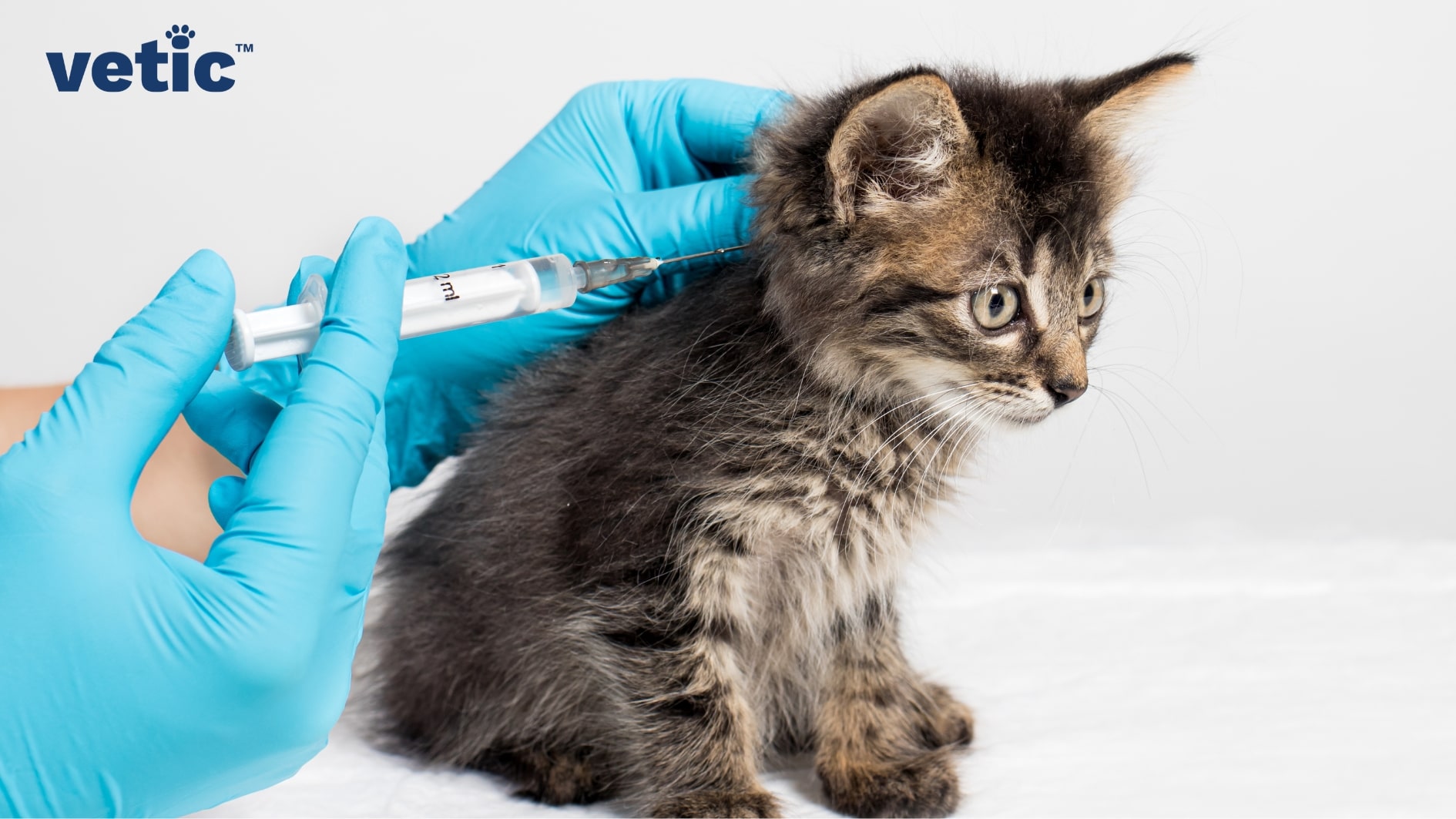
For example – Indoor cats are less exposed to parasites and parasite-borne diseases such as haemoprotozoa and heartworms. Keeping your cat safe from fleas usually protects them from a plethora of chronic diseases.
If you have an indoor-outdoor or outdoor cat, they are at a greater risk of developing parasite-borne diseases including mycoplasma, heartworm and worm infestations.
It is also extremely difficult to observe the subtle changes in behaviour and appearance of indoor-outdoor or completely outdoor cats. That’s a primary reason our veterinarians always recommend vaccinating your indoor cat on time and catering the same treatment (deworming, vaccination and de-fleaing) to other cats who may come in contact with your furball.
What are The Initial Signs of Common Cat Health Problems?
Hyperthyroidism

A cat with hyperthyroidism will show the following signs –
- Weight loss
- Increased appetite
- Increased thirst
- Frequent urination
- Restlessness (hyperactivity)
- Irritability (unusual aggression)
It is easily detected through a blood test that measures thyroid hormone levels. It is a manageable condition and your vet can guide you on how to improve your cat’s quality of life in case they have hyperthyroidism.
Flea Bite Hypersensitivity

It is an allergic reaction to flea saliva after a bite. The cat’s immune system reacts to the protein (allergen) in the flea saliva to cause –
- Redness
- Rashes
- Severely itchy spots
- Small bumps at bite sites
You may also notice the loss of hair from the neck, back or head region due to excessive scratching.
Your cat doctor will recommend anti-allergics and flea repellents for your cat to prevent the recurrence of flea allergy dermatitis.
Complications and Infections of the Reproductive System

When a female cat (Queen) is not spayed she may go through heat and kitten birth repeatedly. There is no one particular symptom for these complications. Some cats may show signs like –
- Repeated urination or inability to urinate
- Irritability and lethargy
- Overgrooming their lower abdomen
- Fever
- Lack of appetite.
Complications of the reproductive system take a huge toll on a cat’s health. Some of the common complications include –
- The infection of the uterus (pyometra)
- Metritis
- Tumours and cancer of the reproductive organs
- Mammary gland tumours
- Mastitis
- Malnutrition and anorexia
- Deficiency diseases including anaemia
Diagnosing these diseases without proper physical examination by a veterinarian and imaging tests is next to impossible.
Get your female cat’s health checked and get them neutered as soon as possible to avoid multiple health complications.
Periodontal Disease (gum and teeth diseases)

Gum and teeth diseases in cats are quite common especially when the cats are aged. Once there is tartar buildup in your cat’s teeth they will require dental cleaning by a veterinarian.
Get your cat’s teeth checked every 6 months during their vaccination and routine examination to prevent serious gum infections. The signs of periodontal disease include –
- Bad breath
- Yellowing teeth
- Red lines where the teeth meet the gums
- Excessive salivation
Your cat may show loss of appetite due to severe tooth pain. If they don’t eat for longer than 8 to 10 hours, take them to a veterinarian without any delay.
Urinary Tract Infections (UTIs) & Cystitis
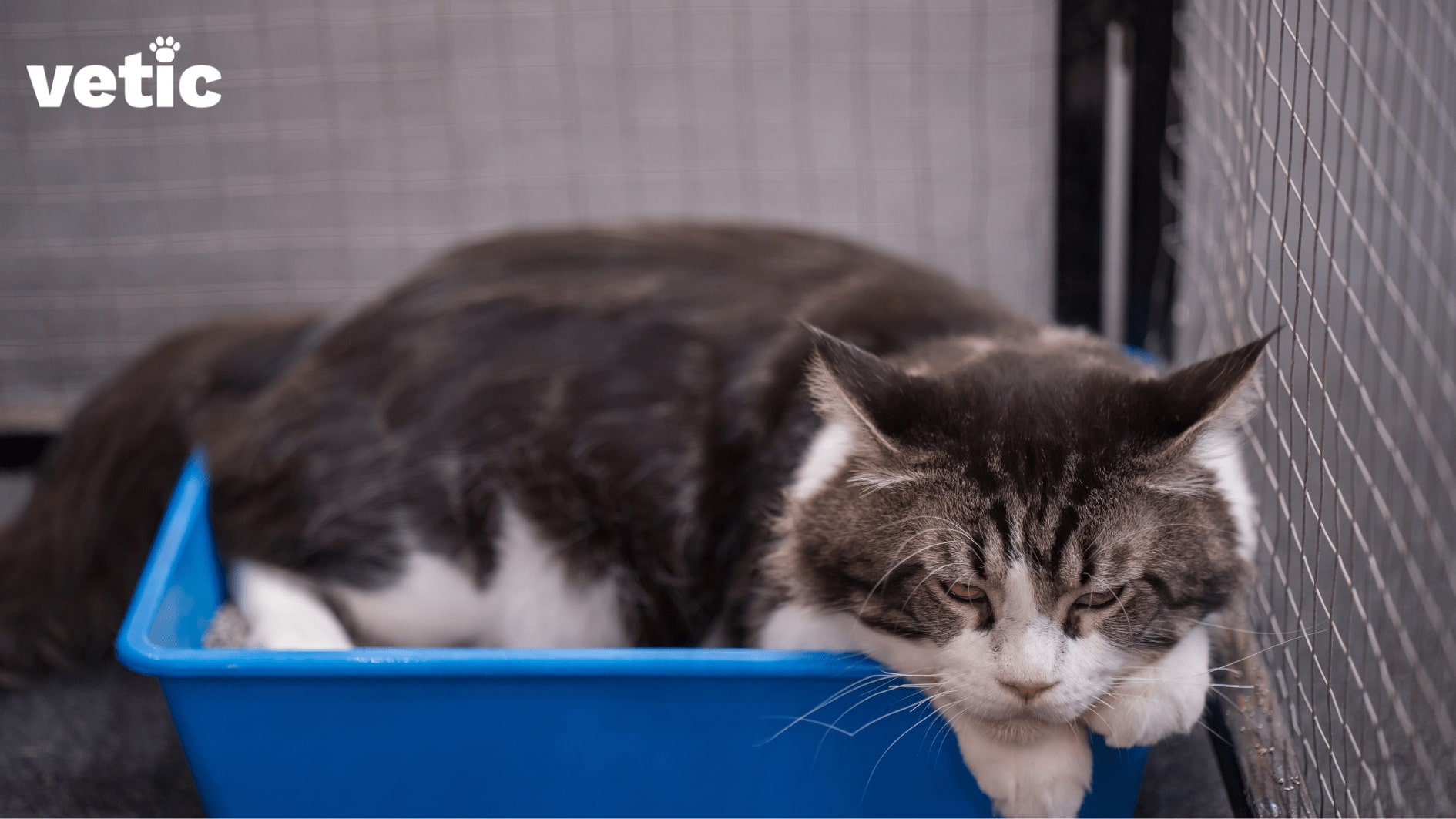
UTIs and cystitis are common in cats who have not been neutered or spayed. Feline lower urinary tract disease or FLUTD may have multiple triggers.
Commonly, middle-aged, overweight and lethargic cats are at greater risk of FLUTD. Male cats are at a higher risk since they have narrow urinary tracts as compared to females.
Similarly, intact males are also at a greater risk for cystitis (inflammation of the bladder) since they tend to store urine for spraying and do not always pee in the most hygienic places.
The common signs and symptoms of UTI in cats include –
- Peeing outside the litterbox
- Straining to pee
- Painful urination (vocalisation during urination)
- Frequent urination
- Excessive licking of their nether regions
Most cases of FLUTD and idiopathic cystitis are treatable and curable when diagnosed on time. If your cat has not used the litter box in 12 to 16 hours, contact your veterinarian.
Joint and Mobility Disorders
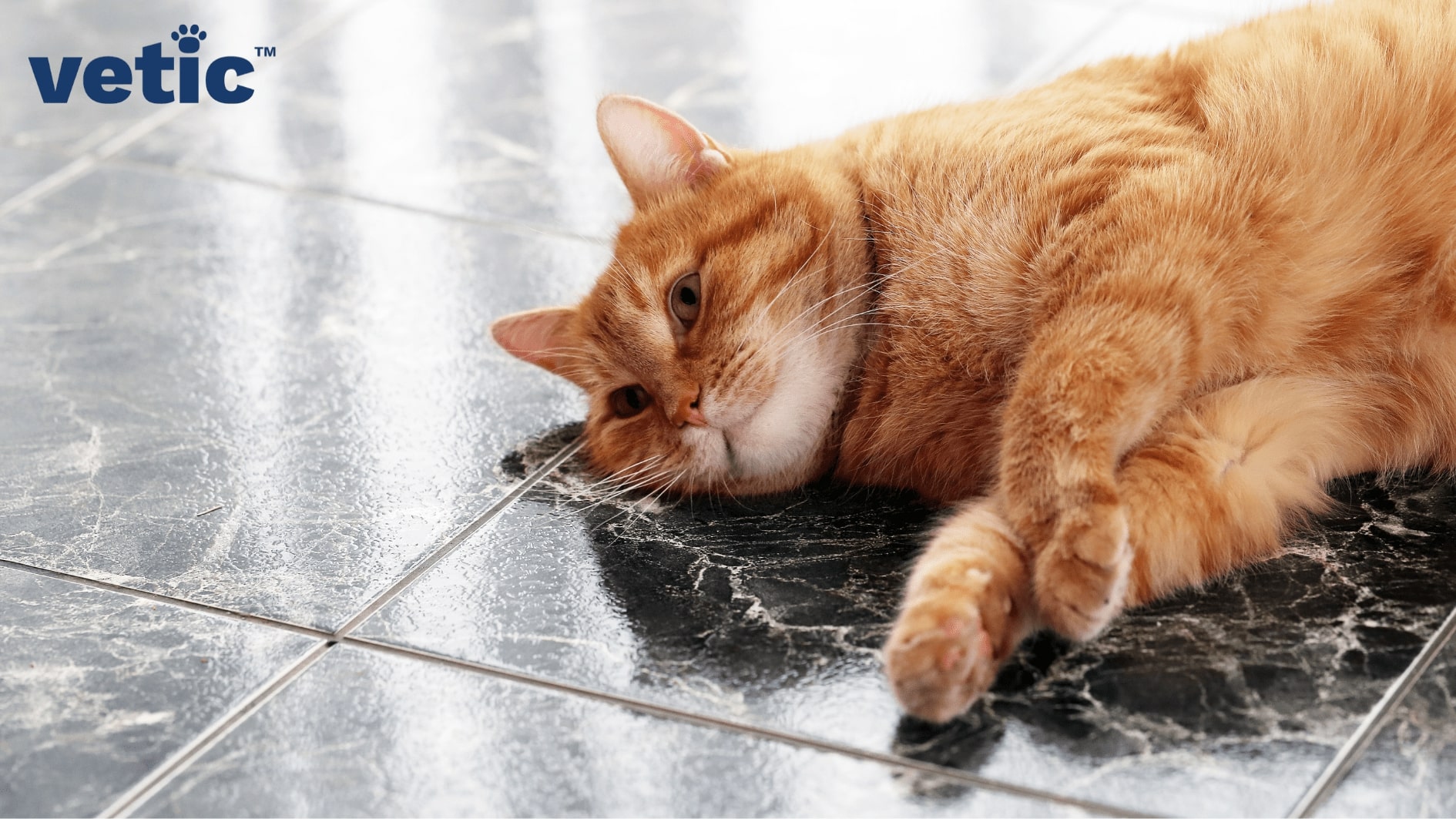
Joint and mobility issues are not diseases, but signs of other diseases or disorders in cats.
- Joint problems in cats can arise from arthritis, old injuries, deficiency diseases (calcium & Vit D3) and weight issues.
- Sudden lameness is a serious concern in cats since it can also be a symptom of ligament injury, sprains and cat bite wounds (abscesses).
- Lameness can also be life threatening when it’s a result of a heart disorder (cardiomyopathy) common in middle-aged cats.
Here are some signs of joint disorders in cats –
- Restricted movement (as compared to before)
- Sudden onset of lethargy or unwillingness to play
- A stiff gait
- Weakness
- Limping or lameness in at least one leg
- Stiff, swollen and/or sore joints
It is more common in older cats irrespective of their gender.
If your cat begins to limp suddenly or loses mobility of their hind legs take them to an emergency veterinary care clinic immediately. They will require imaging tests such as an X-ray or USG along with ECG for the proper diagnosis of the condition.
Anaemia in Cats
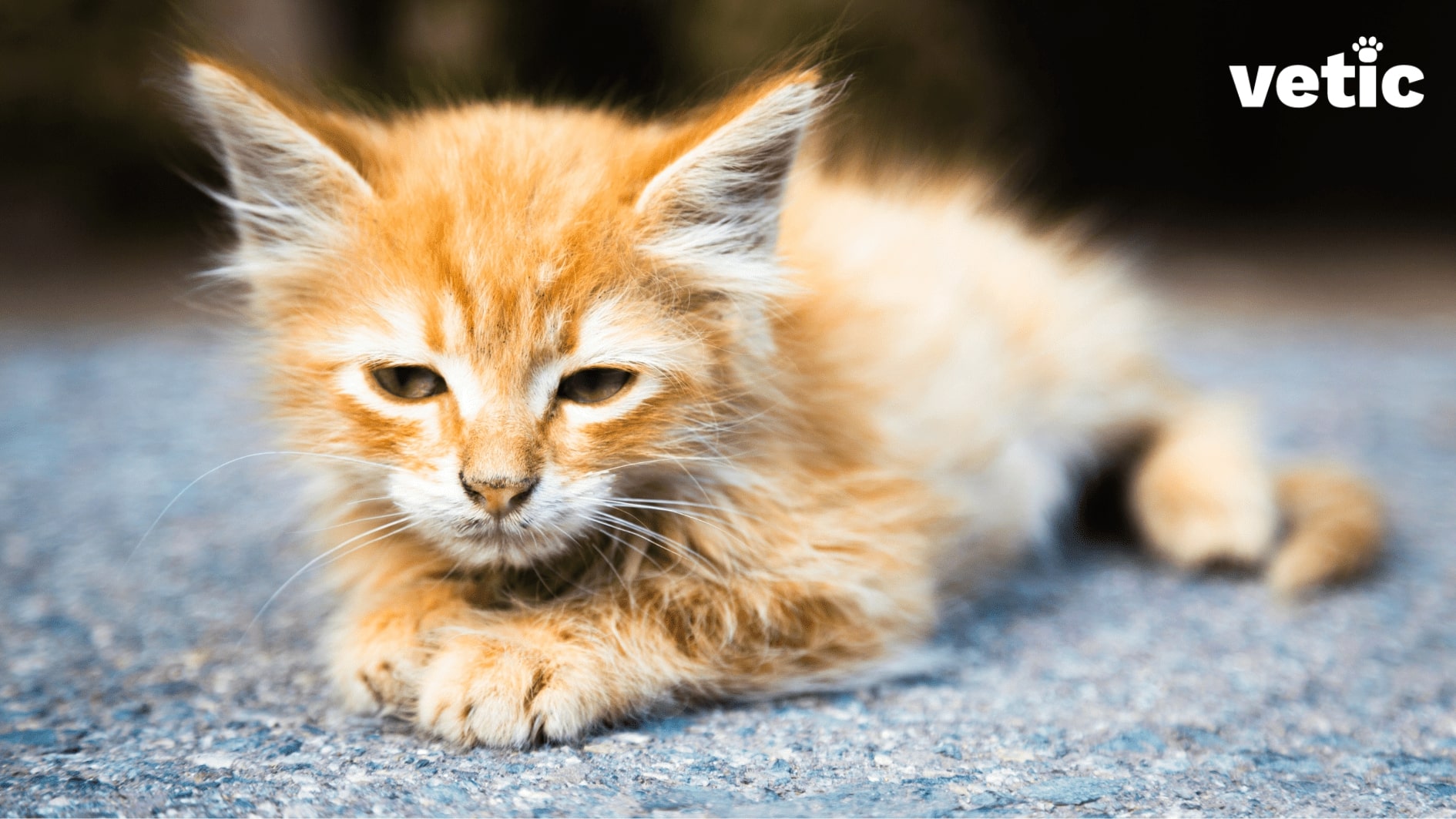
Anaemia is very common among all outdoor cats in India. It can have multiple causes such as excessive parasites, mycoplasma, babesia and malnutrition. Sadly, outdoor cats are exposed to these threats throughout their lives.
The common signs of anaemia in cats include –
- Lethargy (more sleep, less play)
- Pale or white gums
- Pale eye membrane
- Decreased appetite
- Rapid breathing
Anaemia can also cause irregular heartbeats or heart murmurs in cats. Acute and chronic anaemia are both equally dangerous for your kitty.
In case your cat is displaying lower energy and activity levels along with paleness of mucous membranes, you need to consult a vet ASAP.
Heart Murmur & Cardiac Dysrhythmia in Cats
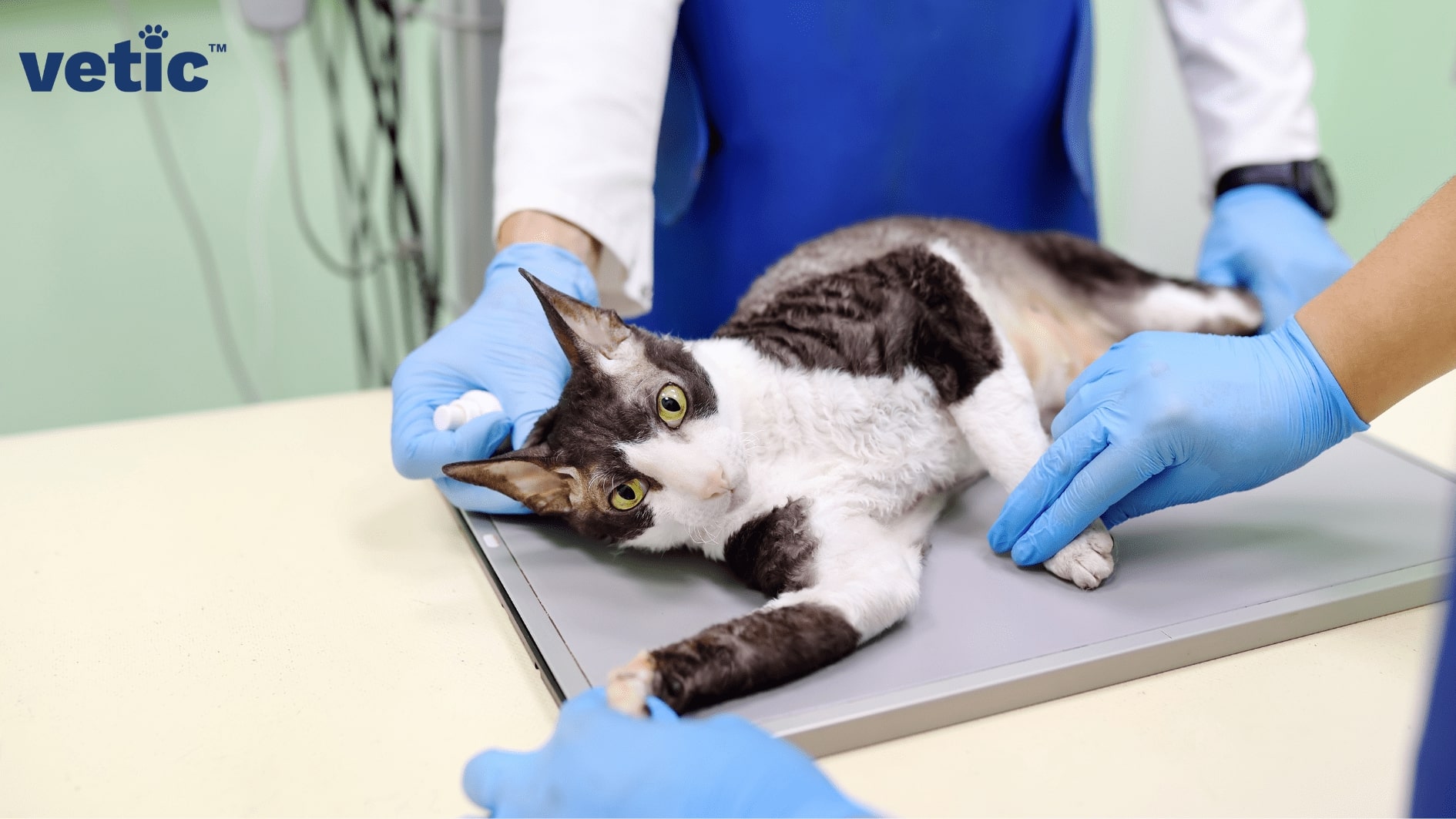
Heart murmur and irregular heartbeat (dysrhythmia) may both be signs of other diseases and disorders in cats.
They can be results of thyroid problems (hyperthyroidism), anaemia, haemoprotozoa (anaemia resulting from blood-borne parasites) and congenital heart disorders.
The symptoms of heart issues in cats may include –
- Rapid or irregular breathing
- Generalised weakness
- Open-mouthed breathing
- Depression (similar to lethargy)
- Pale gums and other mucous membranes
- Refusal to engage in play or activities
Some cats acquire cardiomyopathy as adults, while others are born of heart defects. In many cases, heart conditions in cats can be managed with changes in diet, lifestyle and introduction of heart health supplements.
If you notice your cat struggling to breathe and showing lethargy, check in with your veterinarian immediately. They may recommend an ECG along with some blood tests and an X-ray or USG for the complete diagnosis.
Point to Remember:
Anorexia, Anaemia, Heart problems, Constipation & Obesity are Symptoms of Other Disorders and Diseases
In most cases, these are the symptoms of other disorders or diseases including severe worm infestation, hyperthyroidism, mycoplasma, babesia, and hypothyroidism. Cats can develop heart issues from hyperthyroidism and it’s quite common in the cases of delayed diagnosis.
Always take your cat for regular veterinary checkups and never miss their vaccine appointments. Following the preventive care guidelines laid out by your veterinarian will help your cat avoid 90% of the common cat health problems mentioned above!
